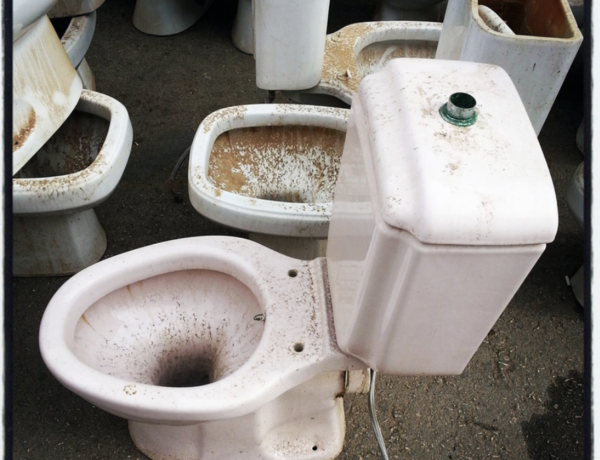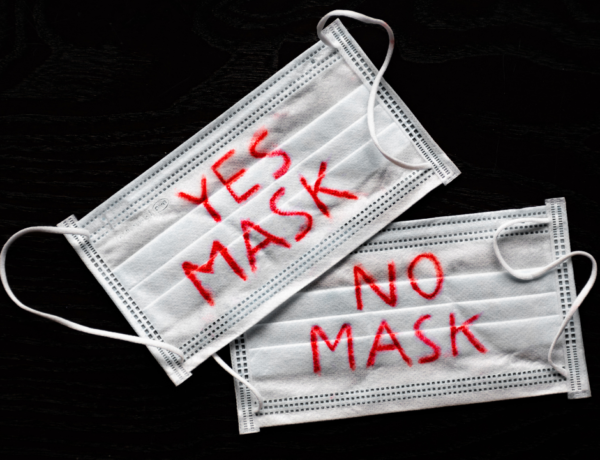The even more crucial point for me personally were the actions and emotions exhibited by the female officer working the wing. Though there were two officers on duty on the wing, the raw energy of that female officer surprised and touched me to the core. She ran to the closed cell door, and yelled multiple times to the officer working in the control rotunda, who was hesitant, to open the door. In complete fairness there are protocols to follow during such events, and unfortunately for most cases. opening the door like she did, was outside those parameters. Then, once the door opened, she immediately went in. Due to my position, I cannot be sure what she did, but she told us that she picked him up and placed him across her knee to provide slack in the cord, and the male officer went to work on the noose. Once again, surprising when you take into account the size difference between staff and inmate. The Hispanic man is large while she is not at all. And he had already passed out, effectively relegating him to the status of dead weight. The adrenalin rush and her raw instincts provide her not only the tools to accomplish what was needed, but also enough independent thought process to disregard the protocols of such a situation.
To add icing on the cake, the whole time she was in that cell she kept saying the same thing, “Not on my watch.” She did what she had to do without a doubt, but what gained her a rare respect in more than a few men’s minds were those words. How she acted was rare. What made it so is because she didn’t do what she did for her job. She acted as she did because she cares, and there is the heart of the issue. The circumstances could have gone a different way with the end result of a life lost. Instead a life was saved. And hope for the future was witnessed by many men today.

Thomas McLaughlin #2020026
* for more information click here




No Comments